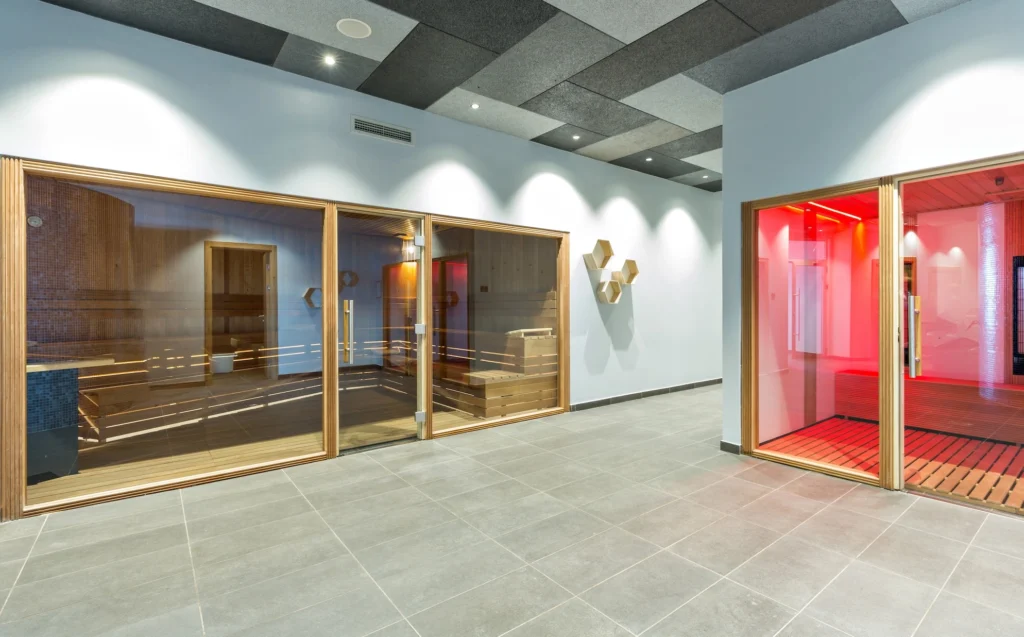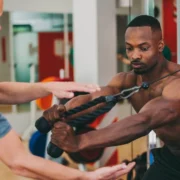With wellness now entrenched as a core part of the modern gym experience, operators are taking things to the next level, including creating “mini spa” experiences and exploring waterless cold plunges
The “gym” is no longer just a place to break a sweat, pump iron or get your heart rate up on the treadmill.
Those things are still important, but modern gyms are steadily evolving into full-fledged wellness hubs and community-oriented third spaces. This phenomenon is as true of gyms at the lowest end of the pricing spectrum (think $30/month or lower) as it is for high-end clubs charging several hundred for a monthly membership.
In recent years, leading gym chains have invested in creating top-flight wellness and recovery experiences for their members, stocking up on modalities including saunas, cold plunges and recovery-tech equipment like massage guns and chairs, and hydrotherapy beds.
These machines are likely just the tip of the iceberg as operators invest in ever-more creative and premium offerings. ATN breaks down some of the trends likely to drive the future of wellness and recovery inside big-box gyms across America in the years ahead.
Crunch Brings the Spa Experience Inside a Low-Price Gym
Crunch Fitness, a fast-growing high-value, low-price (HVLP) franchise introduced Crunch 3.0 earlier this year, an ambitious redesign template that includes an updated “Relax & Recover” studio offering.
Relax & Recover studios inside Crunch 3.0 gyms feature modalities like Hyperice equipment, red light therapy, infrared saunas and a dedicated stretching area. More importantly, though, studios are closed off from the rest of the gym, featuring dimmed lighting, relaxing music and calming colors.
The idea is to create a spa-like experience inside the gym, Crunch chief operating officer Molly Long tells ATN.
“We’ve re-imagined what recovery could look like inside of our clubs,” Long says. “On the gym floor, we intentionally want it to be very energetic and high-intensity. That’s not necessarily what you want when you’re trying to recover and relax.”
“It feels like a mini spa inside of the gym,” Long adds of the new Relax & Recover studios. “We’ve got dimmed lighting, speakers that play soothing music and sound buffering with a glass door that can close off the space and separate it from the rest of the gym.”
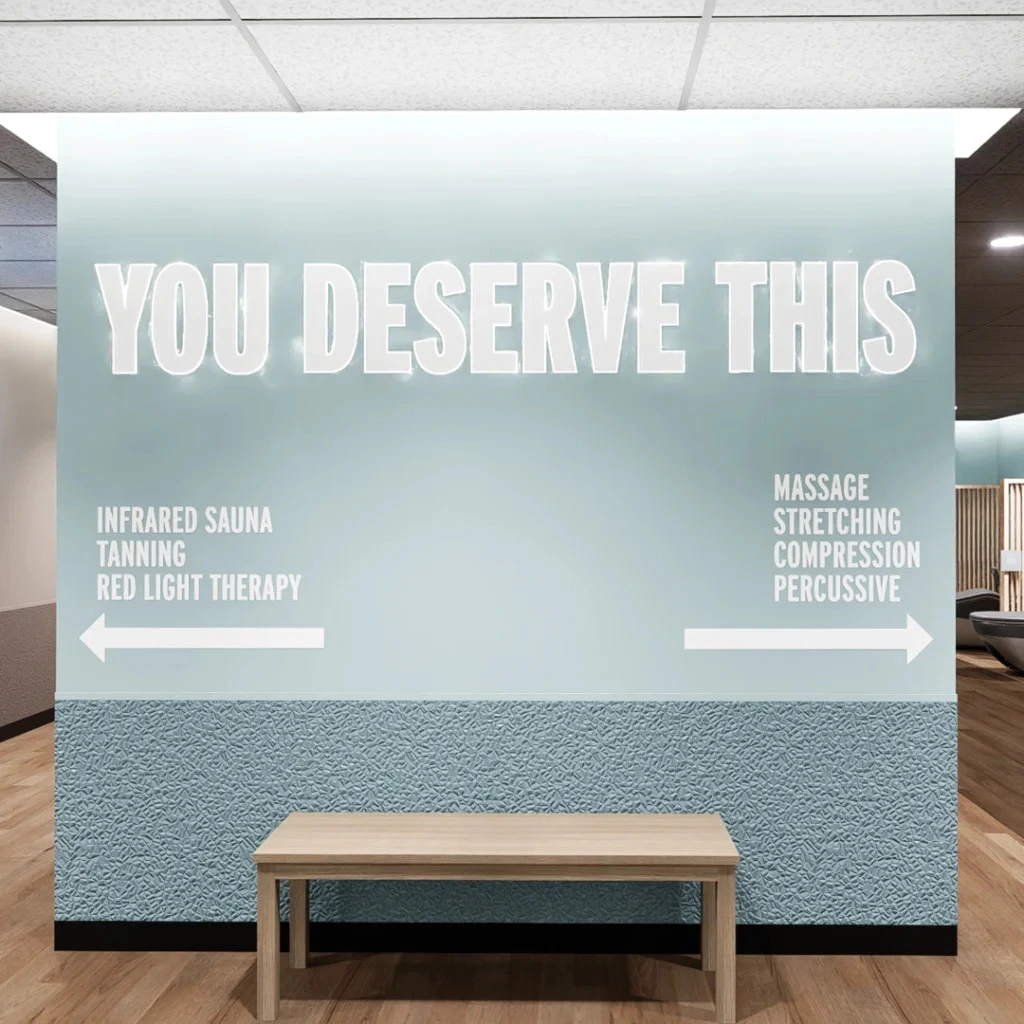
Crunch 3.0 is modular, so Crunch and its franchise partners can make “plug and play” tweaks to account for new trends.
Looking ahead, Long says Crunch is exploring new ways of integrating red-light therapy into its clubs beyond traditional beds. And while Crunch doesn’t currently offer cold plunges (except for a few clubs that were purchased with existing set-ups in place), it’s also looking to potentially add waterless cold therapy options in the near future.
Long believes the wellness and recovery movement is just getting started inside gyms, although operators could change which modalities they offer as consumer trends evolve.
“I have a high degree of confidence that wellness and recovery in general are here to stay; they partner so nicely with gyms execution-wise,” she says. “I do think the modalities, and how they get realized and executed inside of the club, will absolutely change over time.”
Wellness & Recovery Bring New Members Into the Fitness Fold
Around 25% of Americans have a fitness membership, according to the most recent data from the Health & Fitness Association (HFA). Wellness and recovery amenities might be the key to getting more people to finally join gyms, executives believe.
“Recovery is increasingly a differentiator for attracting new members, especially those who may feel intimidated by traditional gym environments,” Vasa Fitness chief brand and marketing officer Mindi Bridges tells ATN. “These offerings help expand our reach to wellness-focused consumers.”
Vasa, which has around 60 locations across the Mountain West and Midwest regions, offers amenities including sauna and steam rooms, pools and spas, red light therapy booths and HydroMassage machines from WellnessSpace Brands. The brand also offers infrared-heated yoga classes. Last month, Vasa added its first-ever cold plunge, located at the brand’s new Colorado Springs location.
Bridges notes that while offering these modalities is important for attracting members who wouldn’t ordinarily step foot inside a gym, they’re also crucial for appealing to hardcore fitness enthusiasts.
“What’s changed over the past few years is the shift in mindset: recovery is no longer considered extra or optional,” she says. “Members now seek out these services as part of their primary reason for coming to the gym.”
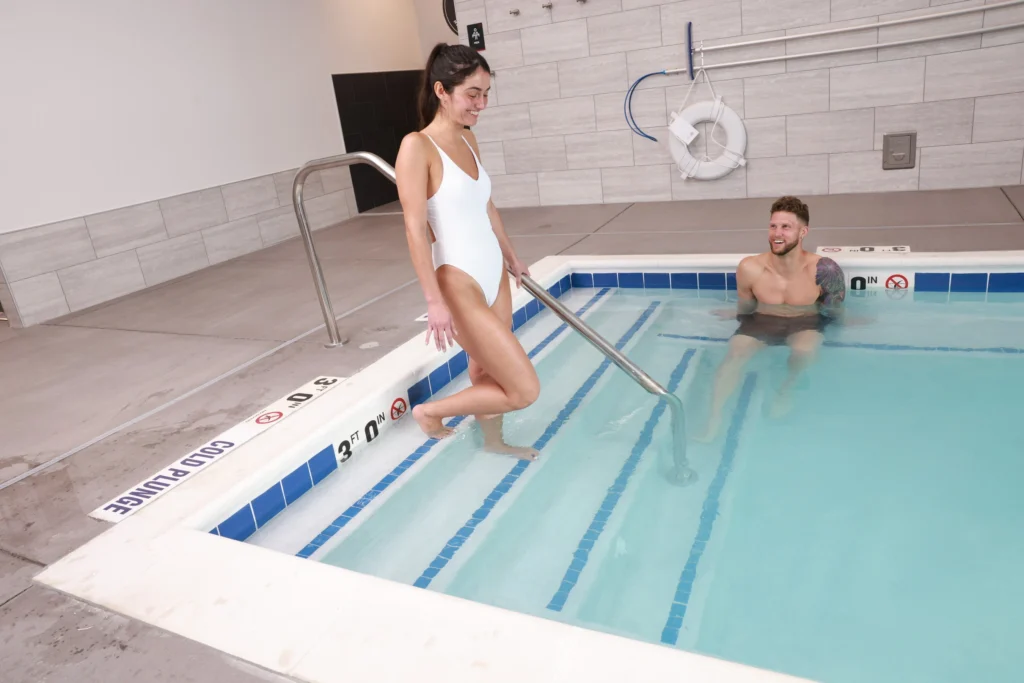
Wellness and recovery amenities aren’t limited to big-box HVLP gyms, either. Fitness Premier, a mid-priced franchise that caters to small towns in Illinois, Indiana and Georgia, has found success adding saunas, massage equipment and cold plunges to its locations.
“We’re attracting people to recovery that haven’t been attracted to us over the last 20 years to buy fitness,” Fitness Premier vice president Rick King has told ATN. “We’re marketing that recovery area almost as a standalone, and we have people coming in who only plan on using that recovery room.”
Wellness and recovery services can also drive upsells: Fitness Premier makes its amenities available as part of a premium membership that usually runs $20 more per month than a base-level plan.
“We’re noticing that about 30% of our new members are buying that (premium) package right out of the gates,” King reported.
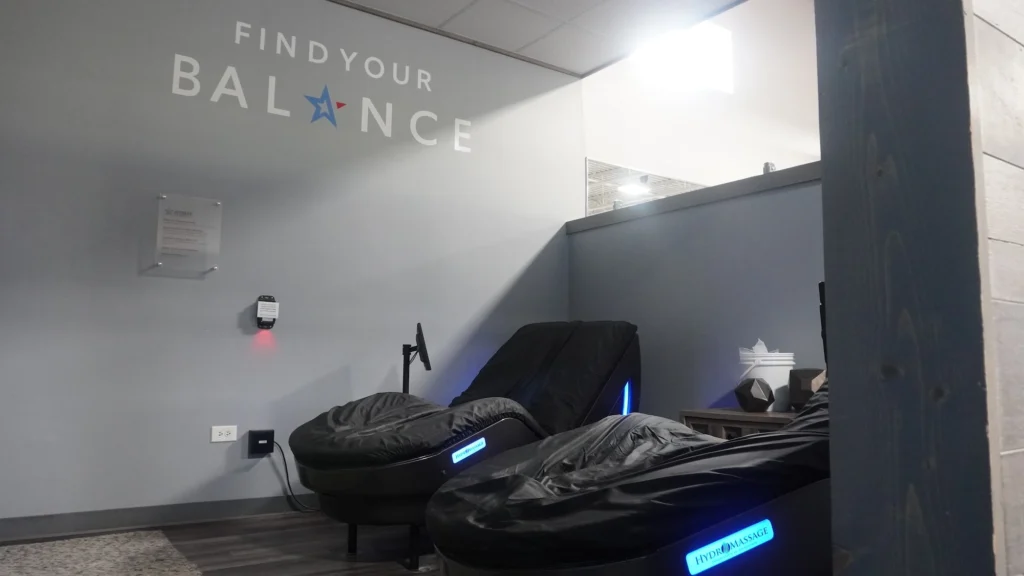
As gyms look ahead to what’s next in wellness and recovery, executives have their eyes on a few things.
Crunch, for example, is exploring adding mindfulness and meditation-focused classes to its group exercise lineup, as well as potentially adding sound bath classes, Long shares.
Wellness and recovery aren’t just about modalities and machines, though.
Retro Fitness, an HVLP franchise with a strong presence in the Northeast and Florida, views wellness and recovery as a platform to become a lifestyle brand rather than just a gym. While Retro offers options like a smoothie bar, red light therapy and Human Touch massage chairs inside its clubs, the brand’s holistic efforts go deeper than that.
Retro has made a big push to include nutrition and mental health content on its app, including healthy recipes from professional chefs, meditation content and breathwork content.
“Wellness for us is a bigger conversation than just machinery and mechanics; it’s about your lifestyle,” Retro Fitness chief brand officer Kim Gouch tells ATN. “People go to the gym (on average) a couple of times a week for 30 to 40 minutes at a time. But health, wellness and fitness is a 24/7 lifestyle.”
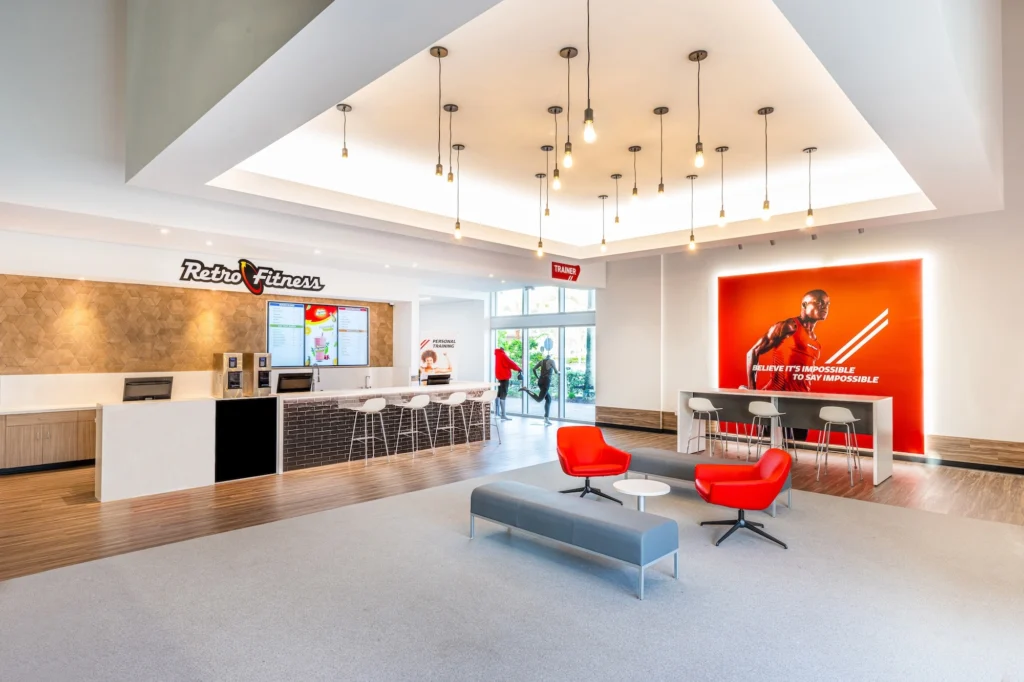
Building community is another priority for Retro Fitness in its wellness push. One of the brand’s franchise locations in Howell, New Jersey, recently held a bulldog yoga class where members could work out with their pets.
On the equipment side, Retro is looking into contrast therapy options, as well as potentially adding new modalities to help members with “stress reduction and mental clarity,” Gouch says.
While Gouch admits that the fitness industry has historically been very cyclical and trend-reliant, she believes wellness and recovery are here to stay, especially among younger generations.
A version of this article originally appeared in ATN’s 2025 Wellness Room: The Art & Science of Integrating Recovery, which maps the forces redefining how operators retain members, monetize square footage and prepare their brands for a dynamic future. Download the free report.


